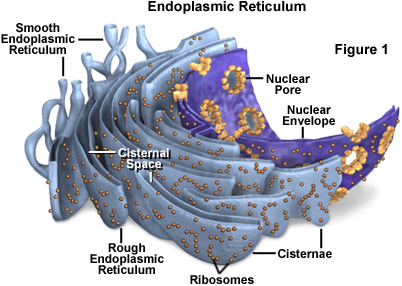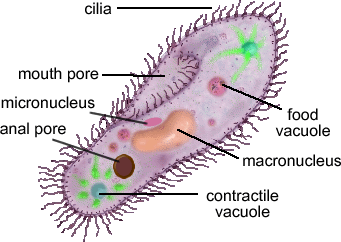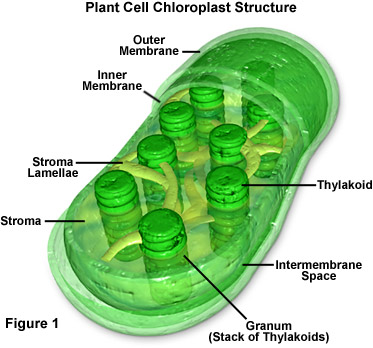Diffusion
Diffusion is the net movement of particles from a region of higher concentration to a region of lower concentration.
Keywords: diffuses, concentration, gradient
Concentration: amount of substance (mass g/kg) / volume of fluid (cm3/ ml)
The change in concentration between two regions is known as the concentration gradient.
High concentration: amount of substance (higher), volume of fluid (low)
Low concentration: amount of substance (low), volume of fluid (high)
Factors of diffusion:
- Temperature
- Size of particles: The bigger the size of the particles, the slower the rate of diffusion.
- Concentration gradient: The larger the concentration gradient, the faster the rate of diffusion.
Example
Sugar molecules diffuses down the concentration gradient from Point A to Point B.
Applications of Diffusion
- Chemical substances must be able to move from one place to another in order to keep the living organisms alive and growing.
- For example, food substances that were absorbed need to
• move from one cell to another
• move in & out of the cell
• move from one part of the cell to another
Other examples of diffusion in Biology include:
- Movement of carbon dioxide during photosynthesis
- Movement of oxygen and carbon dioxide in animals
Conclusion
- Diffusion is an important process where substances are moved waithout use of energy (passive process).
- It is the net movement of particles (or moelcules; or ions) from a region of higher concentration to a region of a lower concentration.
- Thus the movement is down a concentration gradient.
Osmosis
Osmosis is the net movement of water molecules
down the concentration gradient through a
partially permeable membrane.
- Water moves freely through pores in the partially permeable membrane
- Solute(green)too large to move across the membrane.
Concentration = amount of solute / volume of solvent (water)
Since water potential is a measure of the tendency of water molecules to move from one area to the another,
We can also define osmosis as the net movement of water through a selectively permeable membrane from a region of higher water potential to a region of lower water potential.
Osmosis in animal cells
Animal Cells
- structure is simple
- cytoplasm is surrounded by a partially permeable membrane
- Water loss only ceases if the concentration of the cytoplasm rises to that of the surrounding solution. -> water leaves the cell by osmosis (no more water loss from the cell : no net movement of water seen) ONLY water loss is ceased, but osmosis still occurs. This is because the concentration of the cell and the surrounding is the same, therefore the cell would have to lose anymore water molecules.
The Plant Cell
- each plant cell contains a large central vacuole which contains a solution of salt sugars and ions, is bound by a partially permeable membrane
Young plants, which have little woody tissue, rely on turgor for support against wind and gravity.
If places in a hypertonic solution (solution has a higher concentration of solutes than the cytoplasm) water leaves the cell by osmosis -> the cytoplasm and vacuole shrinks, pulling the cell membrane away from the cell wall -> the cell is now plasmolysed or is in a state of plasmolysis, The tissue becomes flaccid.
This tissue is flaccid
cell is plasmolysed, tissue is flaccid
PLASMOLYSIS VS CRENATION
Isotonic Solution
An isotonic solution has the same concentration of solutes as cytoplasm.
No net movement of water molecules into or out of the cell
Therefore, cells neither shrinks nor expands when put into an isotonic solution.
What type of solution are these cells in?
 |
| hypertonic isotonic hypotonic |
 |
| hypertonic isotonic hypotonic |






















